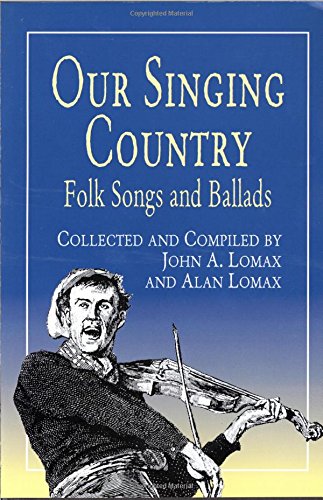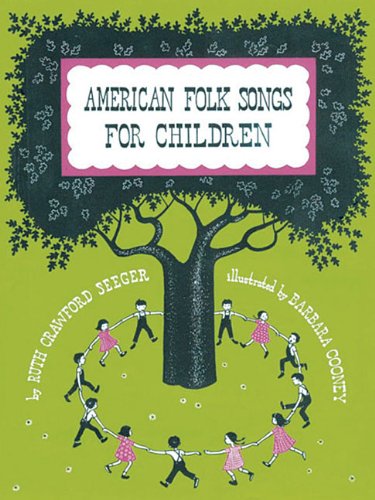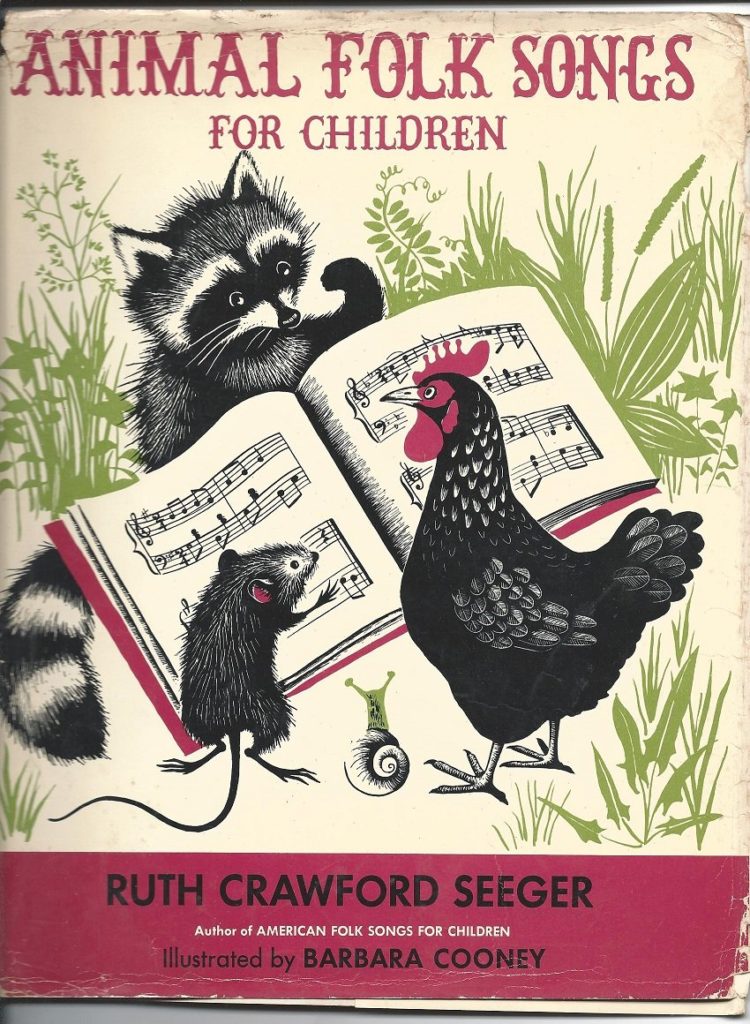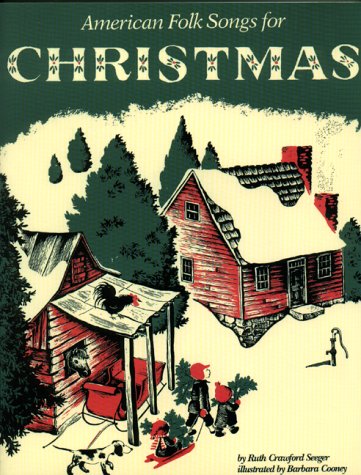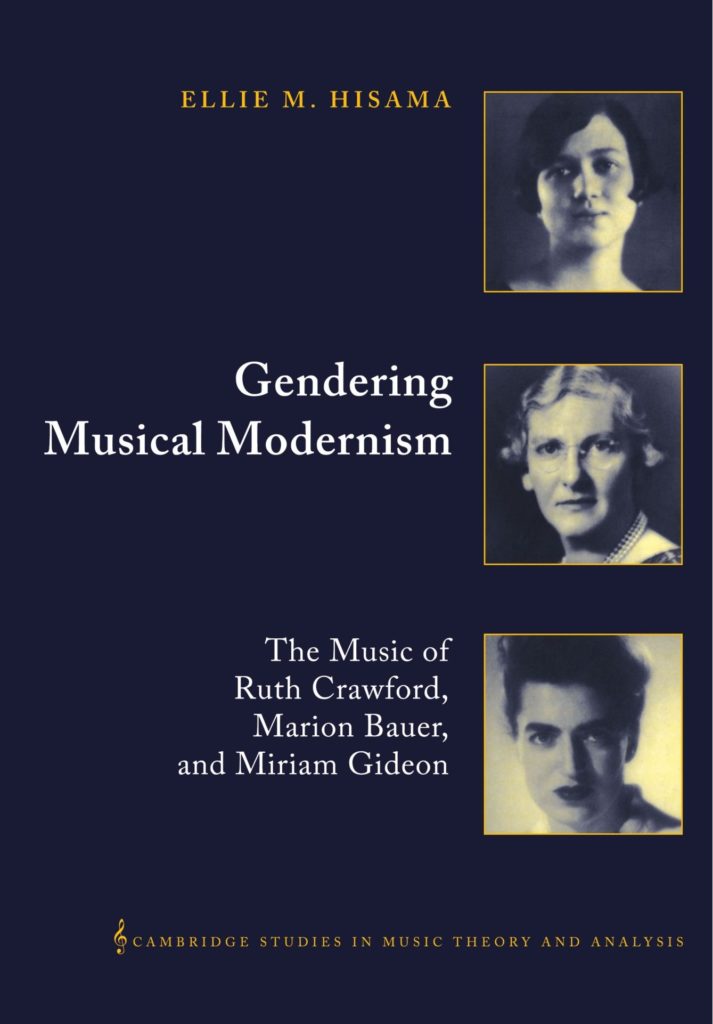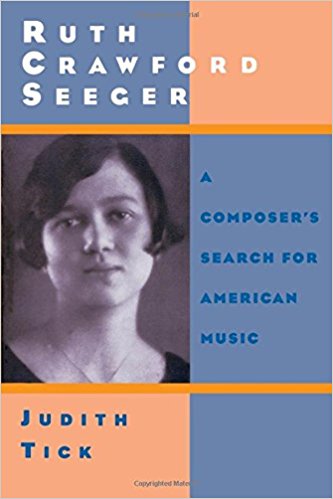About
Born in Ohio, Crawford received early musical training in Jacksonville, Florida, moving to Chicago in the early 1920s to study at the American Conservatory of Music. It was here, in 1926, that she met poet Carl Sandburg, with whom she later collaborated on his collection of folksongs The American Songbag.
Crawford played an important role in the Modernist movement in the 1920s and was named to the boards of a number of important new music societies (including Henry Cowell’s New Music Society, as well as the Pro Musica Society). Crawford was extremely prolific as a composer between 1924 and 1929, and her music was performed quite often during those years, especially her Violin Sonata and works for piano. In 1928, three of her piano preludes were featured in the Copland-Sessions series in New York.
In 1929, Crawford moved to New York to study composition with Charles Seeger, a musicologist and composer, helping him with revisions to his work Tradition and Experiment in New Music and a Manual on Dissonant Counterpoint. In 1930, she became the first woman to win a Guggenheim Fellowship, and her travels took her to Berlin and Paris. Though she purposely did not study with Arnold Schoenberg, she was greatly influenced by her meetings with Berg and Bartók while abroad. After returning to America in 1931, she married Charles Seeger.
In 1936, Charles and Ruth moved to Washington D.C., and Ruth began working for the Archive of American Song at the Library of Congress. Essentially, Ruth stopped composing during this period, but her transcriptions of American folk songs became well known in her 1941 publication Our Singing Country. Other important publications of this nature include American Folksongs for Children (1948), Animal Folksongs for Children (1950), and American Folk Songs for Christmas (1953).
The influences on Ruth Crawford Seeger’s music are eclectic, and include not only her early Modernist leanings, but her connections to American transcendentalism (through Sandburg), as well as her fascination with Native American traditions and Eastern Mysticism. Some have labeled her as a bridge between the transcendentalist and Modernistm movements.
–Christie Finn
(Source: Grove Dictionary of Music and Musicians)
Related Information
Songs
Chinaman, Laundryman
Ruth Crawford Seeger
H. T. Tsiang
Song Collection: Two Ricercari
Five Songs
Song CollectionRuth Crawford Seeger
Carl Sandburg
Home Thoughts
Ruth Crawford Seeger
Carl Sandburg
Song Collection: Five Songs
In Tall Grass
Ruth Crawford Seeger
Carl Sandburg
Song Collection: Three Songs
Joy
Ruth Crawford Seeger
Carl Sandburg
Song Collection: Five Songs
Loam
Ruth Crawford Seeger
Carl Sandburg
Song Collection: Five Songs
Prayers of Steel
Ruth Crawford Seeger
Carl Sandburg
Song Collection: Three Songs
Rat Riddles
Ruth Crawford Seeger
Carl Sandburg
Song Collection: Three Songs
Sacco, Vanzetti
Ruth Crawford Seeger
H. T. Tsiang
Song Collection: Two Ricercari
Sunsets
Ruth Crawford Seeger
Carl Sandburg
Song Collection: Five Songs
Three Songs
Song CollectionRuth Crawford Seeger
Carl Sandburg
Two Ricercari
Song CollectionRuth Crawford Seeger
H. T. Tsiang
White Moon
Ruth Crawford Seeger
Carl Sandburg
Song Collection: Five Songs
Recordings
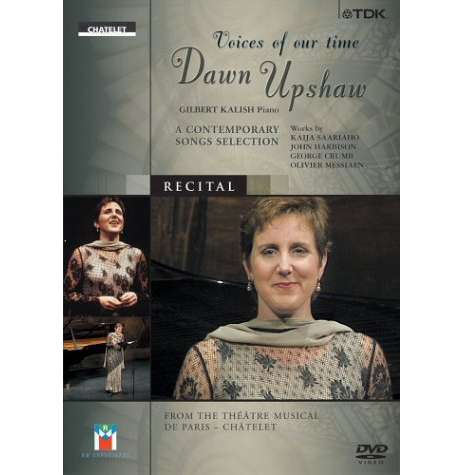
Voices of Our Time - Dawn Upshaw
(William Bolcom, Ruth Crawford Seeger, John Harbison, George Crumb and Charles Ives)
2000

Voices From Elysium: Copland, Crawford
(Aaron Copland, Ruth Crawford Seeger, Miriam Gideon and Louise Talma)
1998
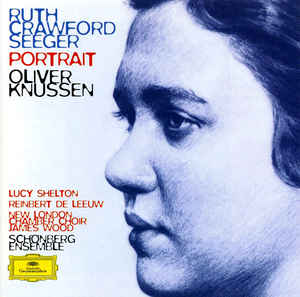
Ruth Crawford Seeger: Portrait
(Ruth Crawford Seeger)
1996
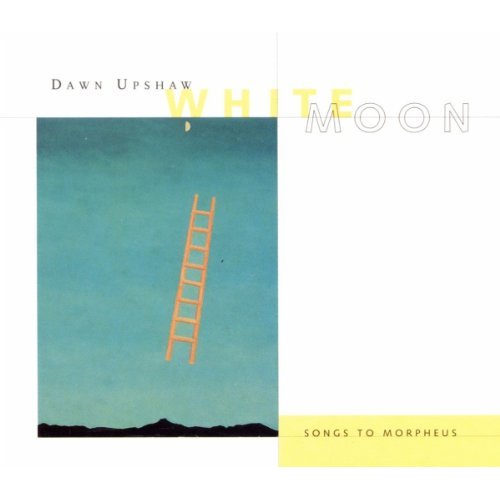
White Moon - Songs to Morpheus
(Ruth Crawford Seeger and Joseph Schwantner)
1995
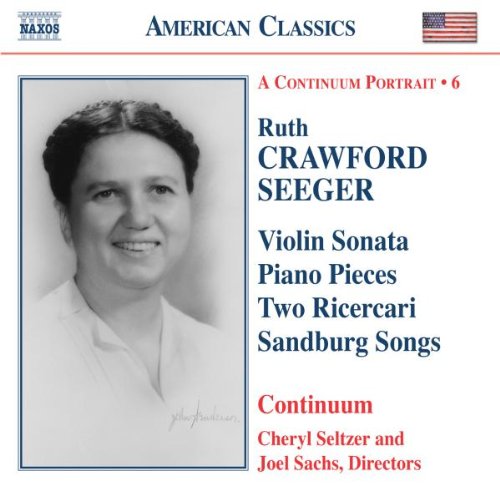
American Classics: Ruth Crawford Seeger
(Ruth Crawford Seeger)
1992
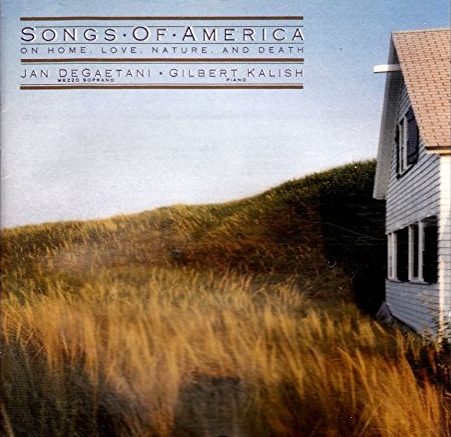
Songs of America
(William Bolcom, Charles Wakefield Cadman, Elliott Carter, Aaron Copland, Ruth Crawford Seeger, Stephen Foster, Charles Ives, Carrie Jacobs-Bond, Sergius Kagen, Theodore Roethke, Ned Rorem, Carl Sandburg, William Jay Smith and Gertrude Stein)
1988
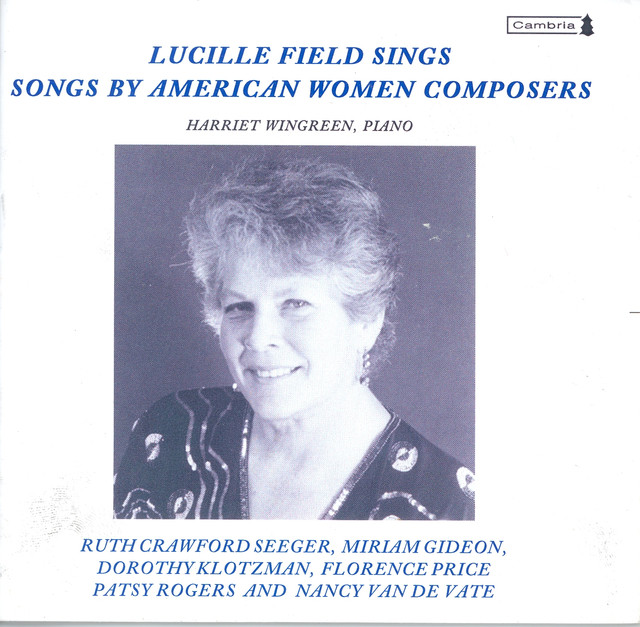
Lucille Field sings Songs by American Women
(Ruth Crawford Seeger, Miriam Gideon and Florence Price)
1987
Books
Sheet Music
Five Songs
Composer(s): Ruth Crawford Seeger
Song(s): 1. Home Thoughts
2. White Moon
3. Joy
4. Loam
5. Sunsets


